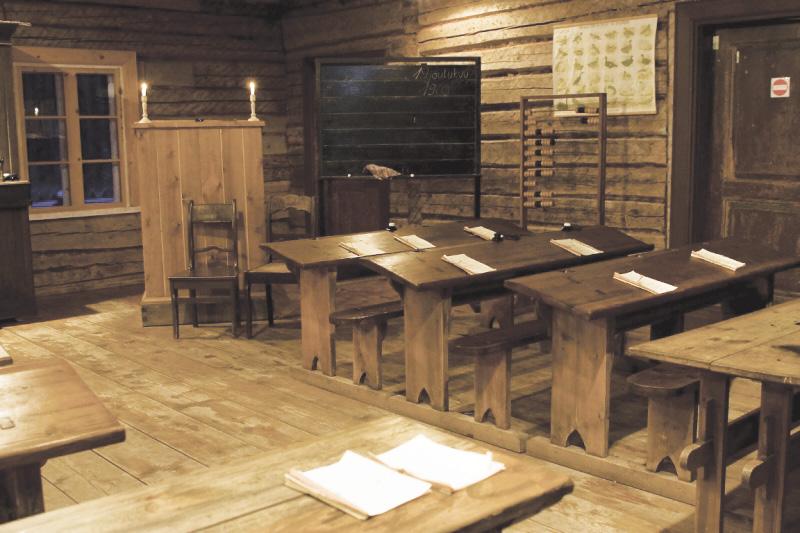
1 minute read
Time Machine: Historic Rural Schools in Estonia and Canada
VINCENT TEETSOV
At the end of July, premier Doug Ford and Education Minister Stephen Lecce released Ontario’s plan to open schools again this September. The plan detailed that class sizes would stay the same. Students from grade 4 to 12 are required to wear a mask; grade 3 and below are encouraged to wear masks. In addition, lunch and recess time are staggered.
Advertisement
As schools work through this challenging new semester, these special measures and the subject of class size prompts a retrospective look at how schools have evolved over the centuries. While the current cohort of students and their teachers attend school with concern for their health looming, different concerns have circulated through previous generations, particularly for students attending rural schools.
In the mid 1800s, many students in small towns and rural areas across Canada would go to one-room schoolhouses, where pupils from a large age range (between grade 1 and grade 8) would be taught by the same teacher, though not necessarily at once. Rotating schedules were applied to distribute lesson times. In Ontario, class sizes could range from 12 to 80 pupils. After grade 8, continuing one’s studies at a grammar school was not compulsory, and accessible primarily to children from wealthy families.
(Full story available via link below)

Kuie schoolhouse, located at the Eesti Vabaõhumuuseum.
Photo: evm.ee









